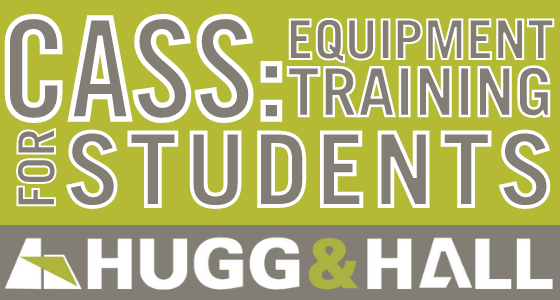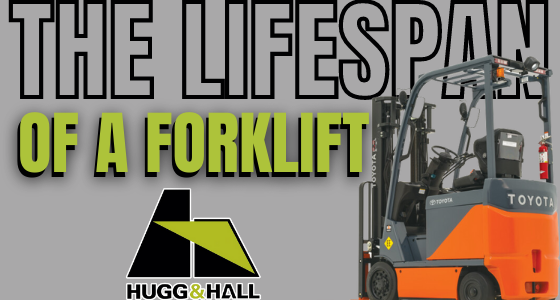
CASS: Equipment Training for Students
[metaslider id="53317"] At Hugg & Hall, we pride ourselves on not only our high levels...

[metaslider id="53317"] At Hugg & Hall, we pride ourselves on not only our high levels...

Forklifts, like any heavy machinery, are a pricey investment. You want to make sure you’ve...

The Pressure to Perform Tire pressure is the manufacturers recommended inflation rate, variant on...